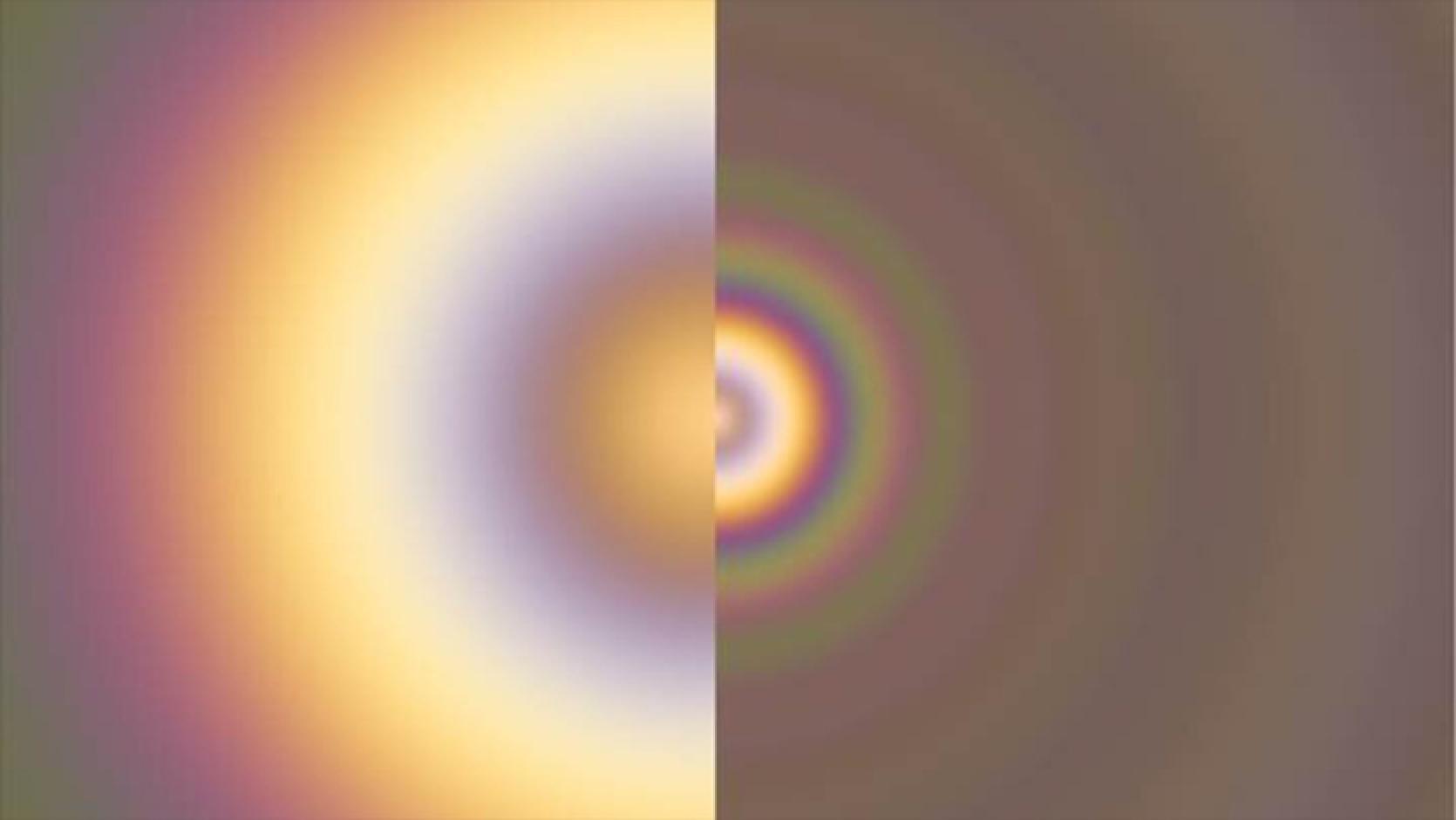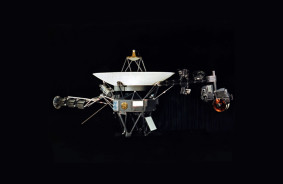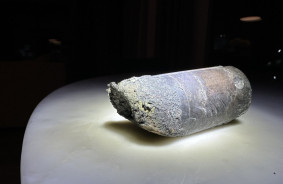The talk is about the exoplanet WASP-76 b, which delighted researchers with a bright light show, better known as the "glory" - previously it was observed only within the Solar System.
Infernal planet
WASP-76 b is located approximately 637 light-years from Earth and was first discovered in 2013. It is believed that the planet, which is about 90% the mass of Jupiter (but about twice as wide), in the past destroyed its neighbor the size of Mercury. WASP-76 is also extremely close to its star - one orbit around it takes 1.8 days.
In 2020, researchers found that the planet is tidally locked, meaning that one side is always facing its home star (just like the Moon is facing the Earth). As a result, temperatures on the illuminated side reach 2400°C (hence the planet is infernal), while the dark side is cooler. This slight difference causes metals such as iron to evaporate on the bright side, and then condense as rain on the dark side.
Bright spot
In a new article published in early April in the journal Astronomy & Astrophysics (via Live Science), researchers analyzed new data about WASP-76 b collected by several spacecraft (including the ESA satellite "Cheops"). Eventually, along the eastern edge of the exoplanet at the boundary where perpetual day and night meet, a strange bright spot of light was discovered.
Researchers suggest that this bright spot may be a glory - a rare optical phenomenon that can be seen on Earth and usually consists of concentric rainbow rings forming a giant circle.
On Earth, glories form when sunlight passes through small gaps between water molecules in clouds or fog, causing it to refract and separate into individual waves. Similarly, rainbows work - except that light is bent due to diffraction (that is, when light bends around an obstacle rather than refracting, or when light bends when passing through different media).
"Specific conditions are required," says lead author of the study Olivier Demangeon, an astronomer at the Institute of Astrophysics and Space Sciences in Portugal. "The atmospheric particles must have a nearly perfect spherical shape, be completely homogeneous, and stable enough."
The correct orientation of the observer also plays a role. It is quite possible that under similar conditions, the effect can be seen on other planets (astronomers have previously observed glory on Venus).
"Additional evidence is needed to convincingly say that this intriguing bright light is a rare glory," said Theresa Luftinger, an ESA astrophysicist who was not involved in the study. "We will likely need more powerful tools, such as those installed on the James Webb Space Telescope."














Comments (0)
There are no comments for now